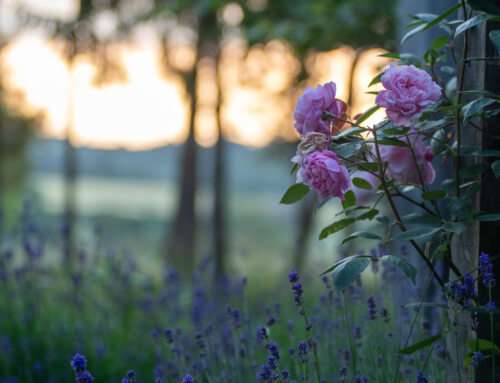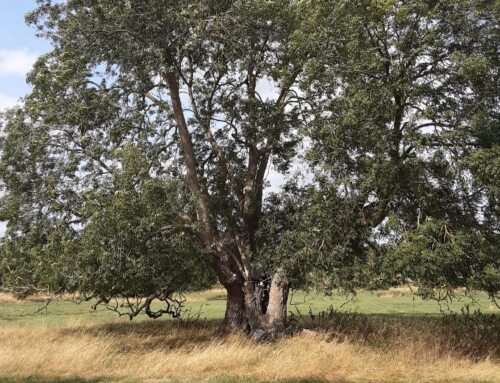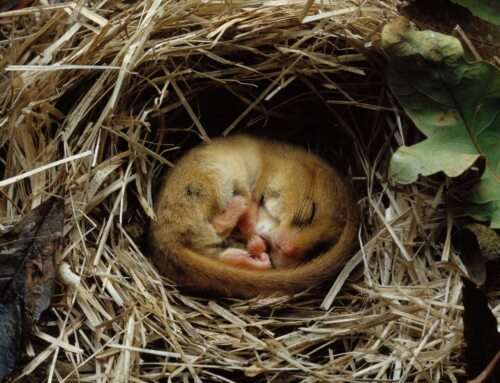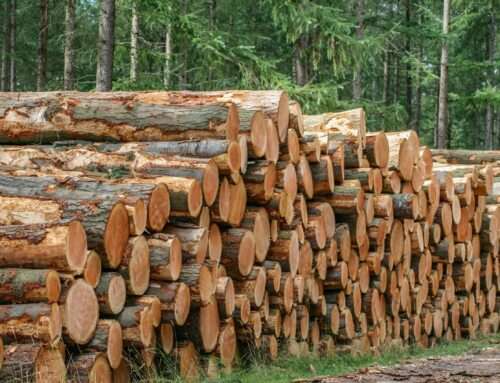Connecting to the ‘Wood Wide Web’
By Libby Reeves, Head of Horticulture
There is an association between soil fungi and plant roots that covers over 90% of plant life, this is known as mycorrhiza. It works in a symbiotic way with benefits to both the plant and the fungi. The plant provides carbohydrates from photosynthesis whilst the fungi assist with nutrient absorption, water uptake, pathogen resistance and connection with other neighbouring plants.
Mycorrhizal relationships have evolved with plant life. When plants did not have a root system, such as mosses and liverworts, the fungal relationships would give the plant nutrients from the soil they otherwise would not have been able to absorb. As the root system has evolved through the ages, so has the fungi to thousands of diverse types, each specifically related to a species or set of species. To make things easier, they can be split into two main categories: endomycorrhiza, which penetrate the plant cell feeding straight into the cytoplasm, and the later evolving ectomycorrhiza which do not penetrate the cell but instead make a web around it to assist separately.
Some species have no mycorrhizal relations, the brassica family being one of these. The orchids, however, rely so heavily on fungi that the seeds cannot germinate without them as they contain no carbohydrate storage, unlike most other seeds.
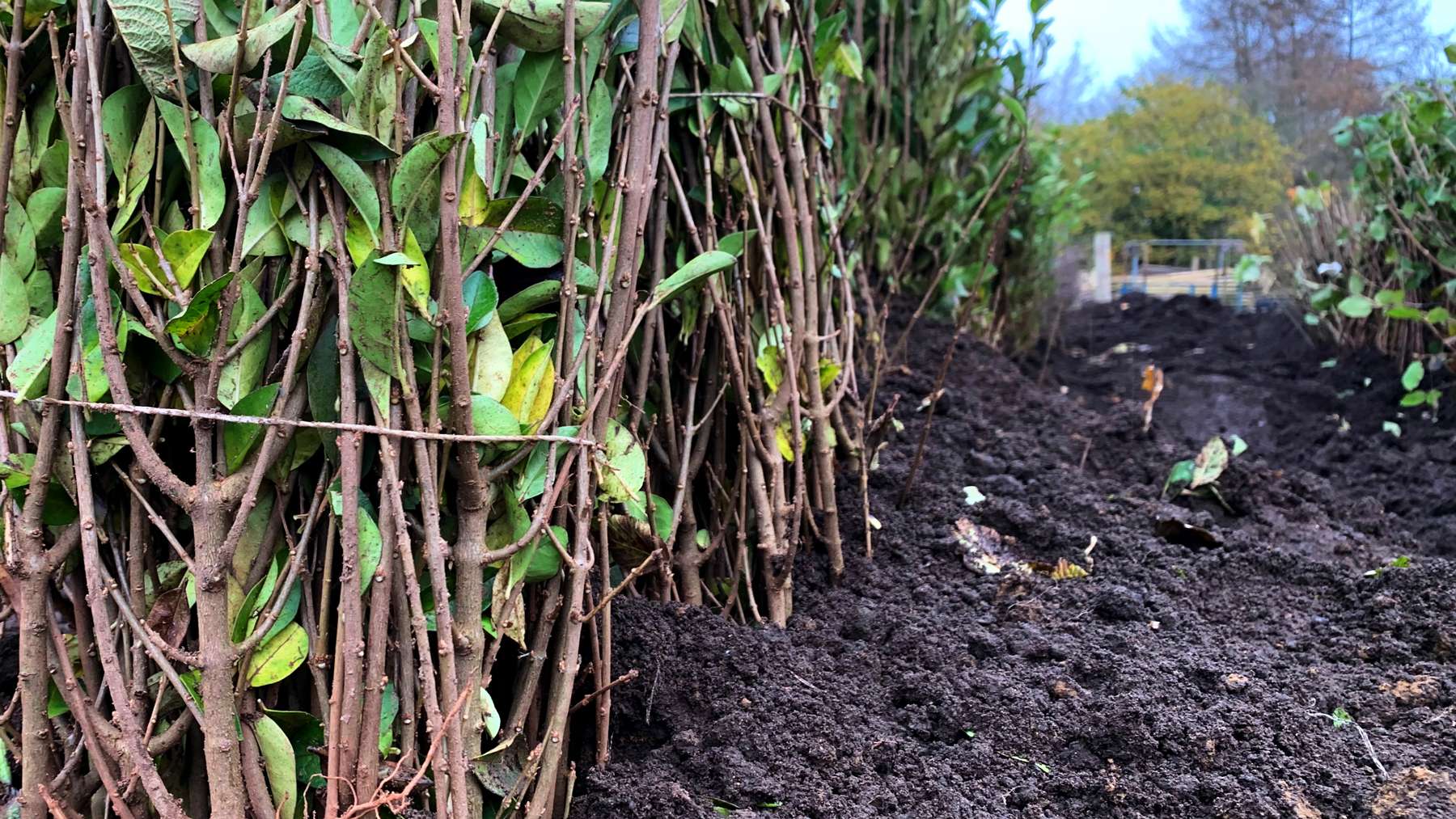
Mycorrhiza assists with nutrient absorption by changing the soil chemistry, releasing ions that were tied up in other molecules and allowing the roots to uptake them. Phosphate is a common example of this, particularly when the soil pH is high. They are so small that they can fit into soil particles where root hairs are too large to fit, thus exploiting a water and nutrient supply that would otherwise be unavailable. The presence of a working mycorrhizal system can reduce the quantity of chemical fertilisers that are often used when establishing new trees. This has the further advantage of reducing the amount of chemical fertiliser that is then leached through the soil, into the waterways and causing eutrophication (the build-up of algae from increased nutrients in the water, reducing the amount of oxygen and, subsequently, biodiversity).
Moreover, the fungal system can spread and attach itself to other local trees, creating a connection between them known as the ‘wood wide web.’ The web can contain trees of the same species and of different, all living in the same forest. Noticeably, the web can also connect parent trees with their seedlings, supporting them in their development.
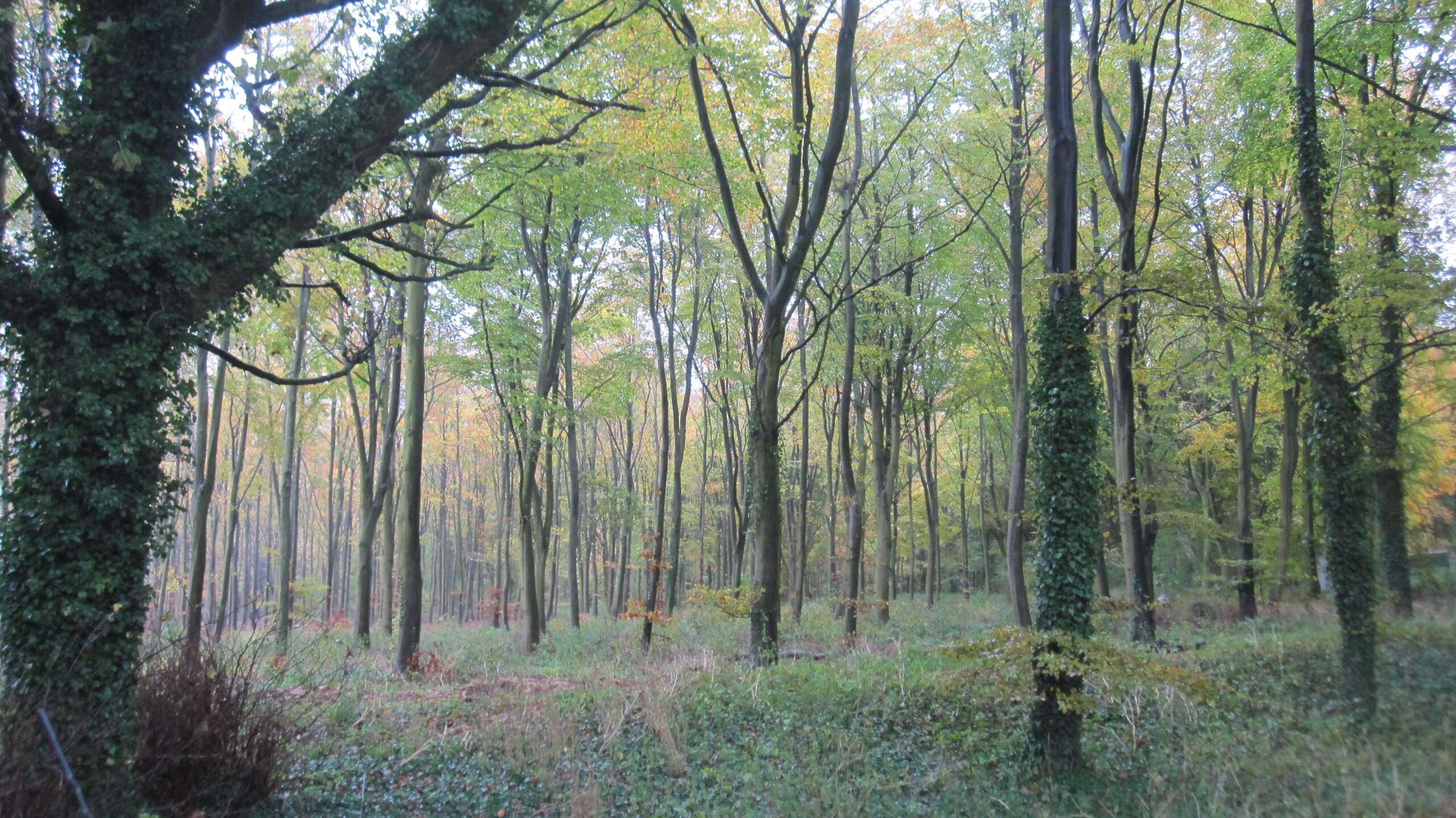

The web is highly beneficial in times of attack. When a tree is colonised by aphids, it releases a chemical that prevents the aphid from sucking the sap and attracts parasitic wasps to come and attack the aphids. Due to the mycorrhiza connections, the same chemical is then released by local trees that are connected, preventing any further attacks. Oak trees release tannins when they are predated upon, which enters the sap making it highly unpalatable. Local oak trees on the same network will also produce the tannin before being eaten, thus highlighting how incredible this communication is. In an urban environment, this could then be harnessed to reduce our reliance upon harmful insecticides.
In addition, the web can also share nutrients, including those absorbed from the soil and carbohydrates created by the plants. This is particularly useful for parent plants to feed their seedling offspring. It has been shown that seedlings attached to the web have better growth vigour, stress tolerance and contain higher levels of required nutrients than those that have no access to the web. It’s amazing to think that parent trees look after their young in a way that is not too dissimilar to the animal kingdom.



In urban areas and the home garden, the presence of a ‘wood wide web’ would be both beneficial for the trees that grow there and the local environment, although this is more difficult to achieve. The added biomass the fungi create is a useful carbon sink as the tree will photosynthesise more to account for the extra carbohydrates they now require and, subsequently, will use up more carbon dioxide. Growing natives will promote local wildlife within your garden as well as native mycorrhizal fungal species. As the fungal networks can be up to 2 kilometres long, this could then allow trees and seedlings to grow and thrive with a lack of disturbance. Due to the mycorrhizal fungi already living in healthy soils, there is no need to add more but limiting the soil movement around the trees would be necessary. A top tip would be to have your vegetable garden and herbaceous borders closer to the house so that you can dig them without causing damage. Adding as little fertiliser as possible and reducing the use of pesticides are all vital to promoting mycorrhizal fungi as they will both cause damage – particularly fungicides.
Mycorrhizal relationships between plants and their specific, soil-dwelling fungi have existed for as long as plant life has. They have played a huge role in the success of land plants and terrestrial ecosystems – we would not be here today without their presence. The benefit they can give to the plants they support is invaluable but cannot be sustained with many modern gardening practices. If you have the space to rewild in your garden, planting natives is always a good starting point to support local wildlife and the native ‘wood wide web’ that could be created underneath.
If you have any questions about reducing the negative impacts on your garden, pop over to our North Aston site or email our friendly Plants Team on plants@nicholsonsgb.com
References:
Babikova, Z., Gilbert, L., Bruce, T.J.A., Birkett, M., Caulfield, J.C., Woodcock, C., Pickett, J.A. and Johnson, David (2013) ‘Underground signals carried through common mycelial networks warn neighbouring plants of aphid attack’, Ecology Letters, 16(7), 835–843
Howard, N., Pressel, S. Kaye, R.S., Daniell, T.J. and Field, K.J. (2022) ‘The potential role of Mucoromycotina ‘fine root endophytes’ in plant nitrogen nutrition’, Physiologia Plantarum, 174(3)
https://www.rhs.org.uk/biodiversity/mycorrhizal-fungi
Miyauchi, S., Kiss, E., Kuo, A et al. (2020) “Large-scale genome sequencing of mycorrhizal fungi provides insights into the early evolution of symbiotic traits”, Nature Communications, 11(1), 5125
Remy, W., Taylor, T. N., Hass, H. and Kerp, H. (1994) ‘Four hundred-million-year-old vesicular arbuscular mycorrhizae”, Proceedings of the National Academy of Sciences, 91(25), 11841–11843
Stevenson, P., Bidartondo, M., Blackhall-Miles. R, Cavagnaro, T., Cooper, A., Geslin, B., Kock, H., Lee. M., Moat, J., O’Hanlon, R., Sjoman, H., Sofo, A., Starar, K. and Suz, L. (2020) ‘The state of the world’s urban ecosystems: what can we learn from trees, fungi, and bees’, Plants People Planet, 2, 482-498
Touseef, M. (2023) ‘Exploring the complex underground social networks between plants and mycorrhizal fungi known as the wood wide web’, Plant Science Archives, 8(1), 5-7


